2012 • 9 • 9
The northeastern monsoon brought with it a biting cold and I felt it pierce through my not-so-thick jacket when I hopped out of the bus. Nevertheless, even the dropping temperature was not discouraging enough especially upon setting eyes on the giant statue of Gautama Buddha sitting on an enormous lotus throne at the summit of a small plateau in Lantau Island, Hong Kong.
One doesn’t need a keen eye to notice that the lotus flower is the dominant motif at Ngong Ping and it’s not difficult to understand why. The lotus is probably the most significant flower in Buddhism, a symbol of purity, fortune, faithfulness, and enlightenment. Because it grows in murky, muddy, water, it is also admired for its ability to survive and even thrive in the most unforgiving conditions. Everywhere I looked, I would catch an image of the lotus flower — painted and sculpted, concrete and metal, big and small.
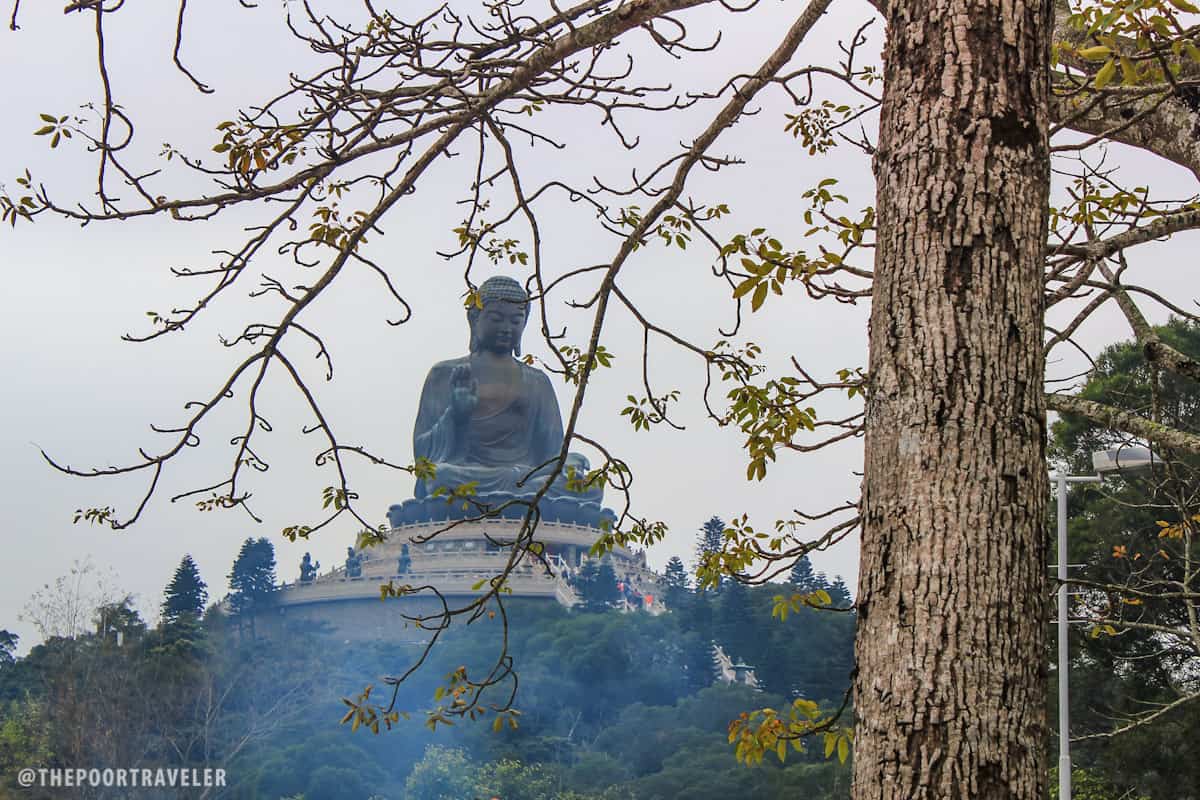
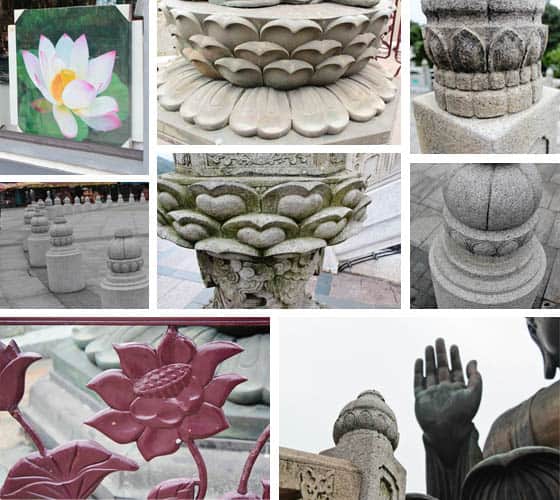
How to Get to Ngong Ping
Ngong Ping has become one of the most popular tourist destinations in Hong Kong. Lying on top of a hill, this attraction is accessible via a gondola lift (Ngong Ping 360), which was closed for maintenance when we visited. (Why does it always happen to me?) Had we been fortunate enough to get on one of the cable cars, we would have experienced the 5.7 kilometer journey from Tung Chung Center to Ngong Ping over a vast greenery and rocky climate with a spectacular panoramic views of Lantau Island and other points of interest including the North Lantau Country Park, the Hong Kong International Airport, and some of the island’s subtropical beaches. It would have been nice, I guess. The Poor Traveler and his friend were forced to take the bus (No. 23) to the site at Tung Chung Town Center near the MTR Station (HKD 17). The bus hit the tortuous but scenic road to Ngong Ping and we were still able to catch glimpses of the beaches!
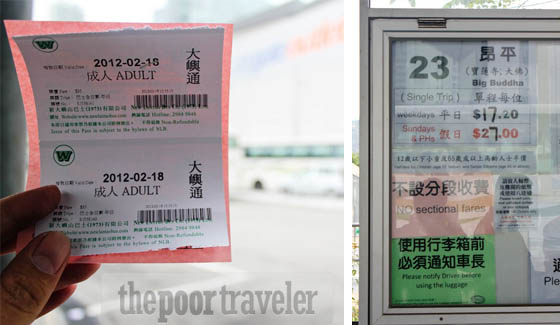
Tian Tan Buddha
Of all the many interesting things in Ngong Ping, the most arresting is definitely the Tian Tan Buddha. Also known as the Big Buddha, this enormous statue towers at 112 ft tall (34 m), weighs 250 metric tons, and is made from 202 pieces of bronze. It is widely regarded as one of the biggest bronze statues of Buddha in the world.
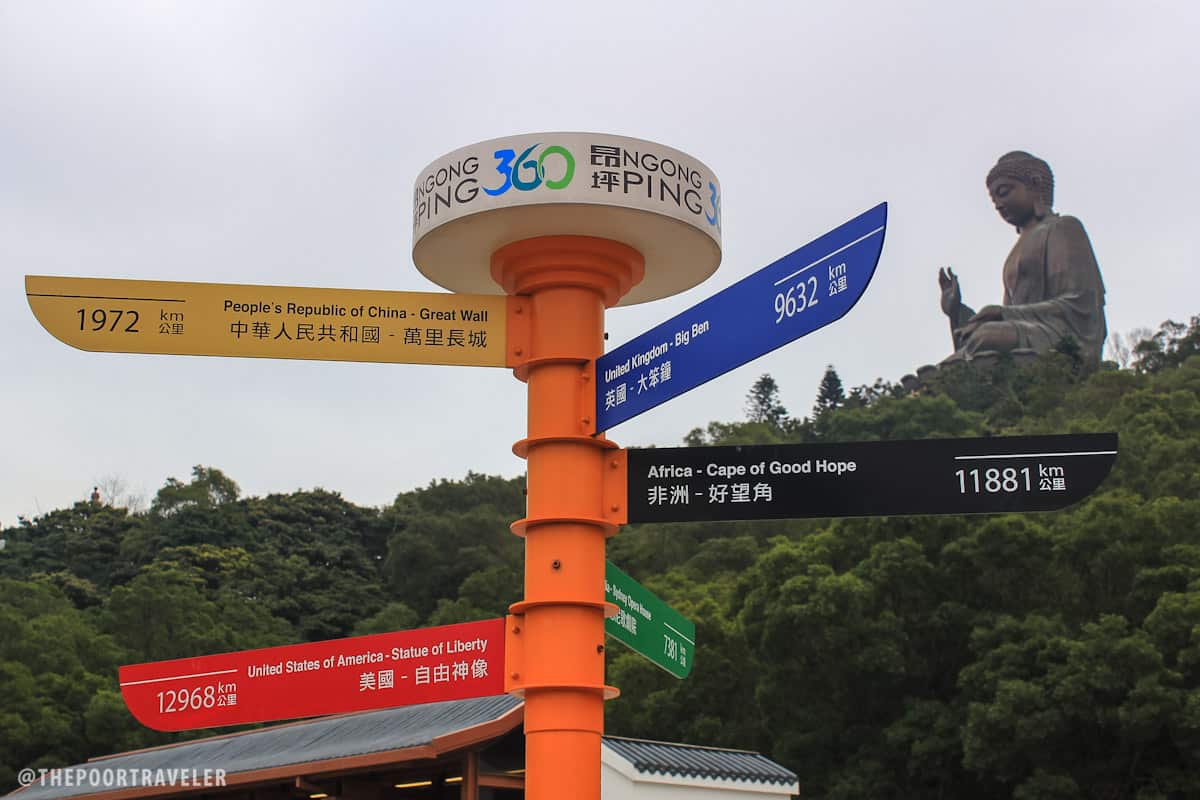
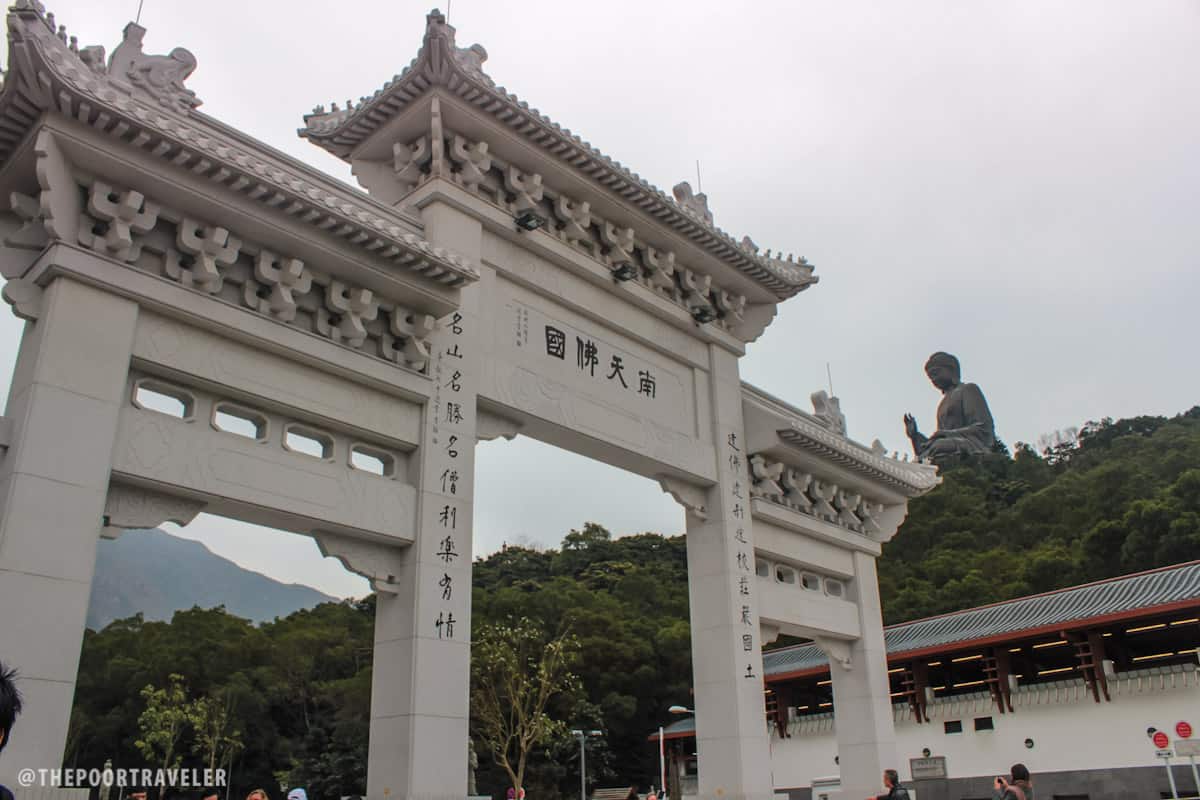
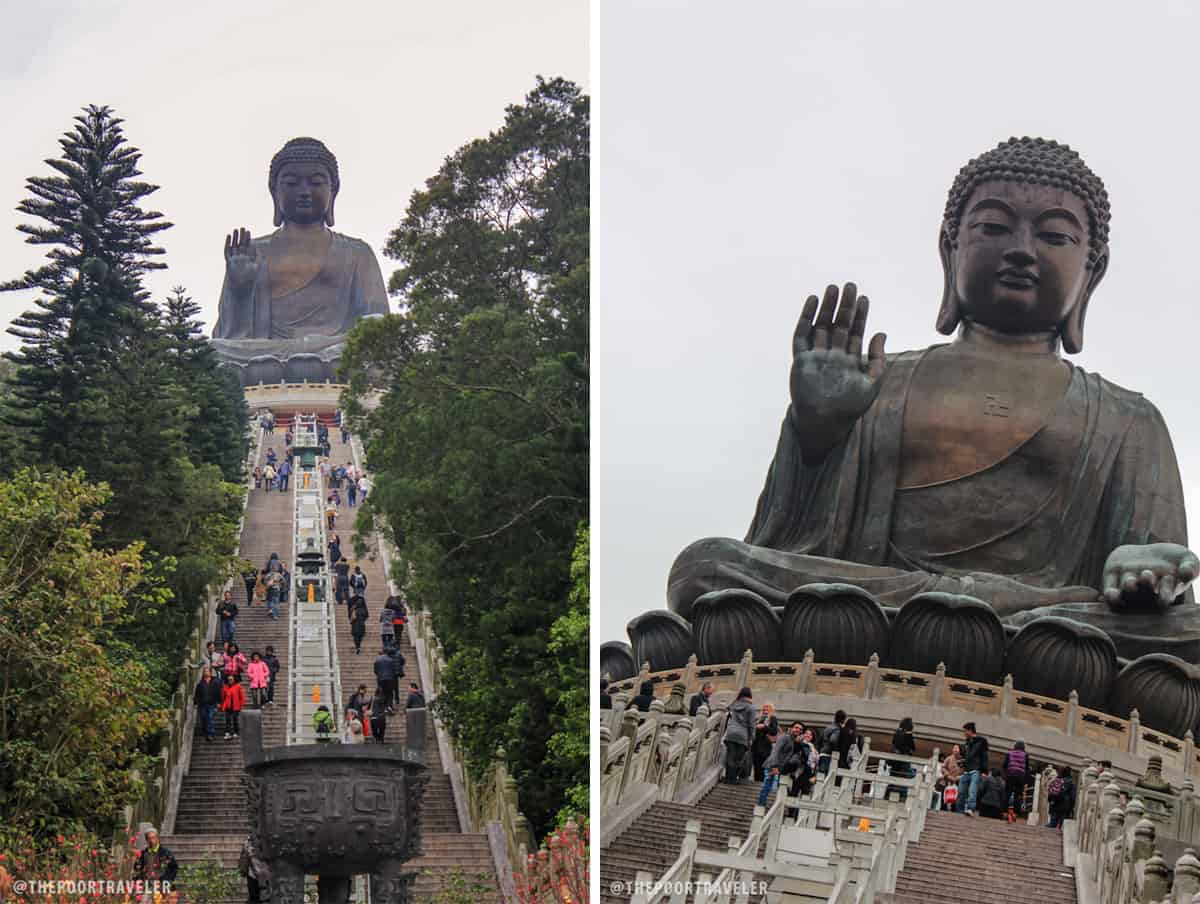
Built in 1990 and completed in 1993, the Tian Tan Buddha is the center of the Buddhist faith in Hong Kong. It is named after the Early Mount of Tian Tan in Beijing. The Buddha is seated on an enormous lotus flower that crowns a massive altar. It is girdled by six large statues, collectively known as “Offering of the Six Devas,” each offering music, lamp, ointment, fruit, flowers, and incense. A 240-step staircase runs across the slope to the Big Buddha and visitors may choose to climb it to have a closer look at the giant statue.
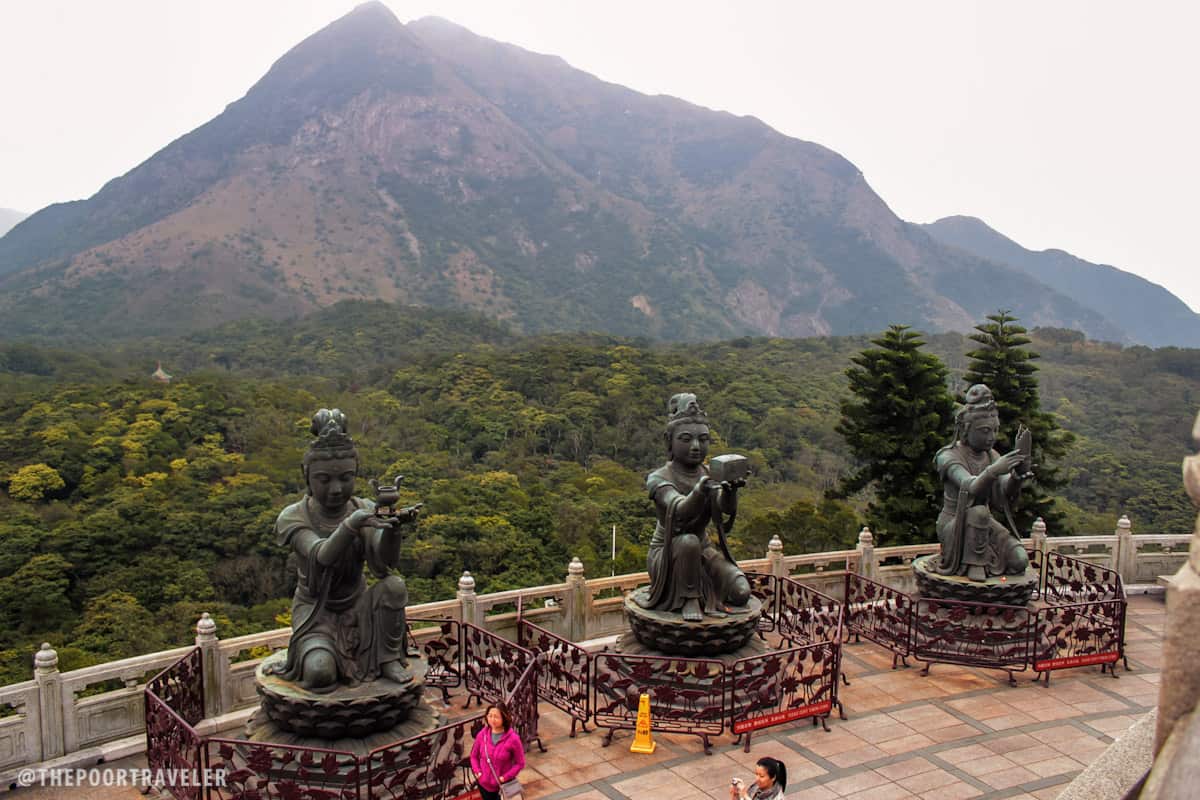
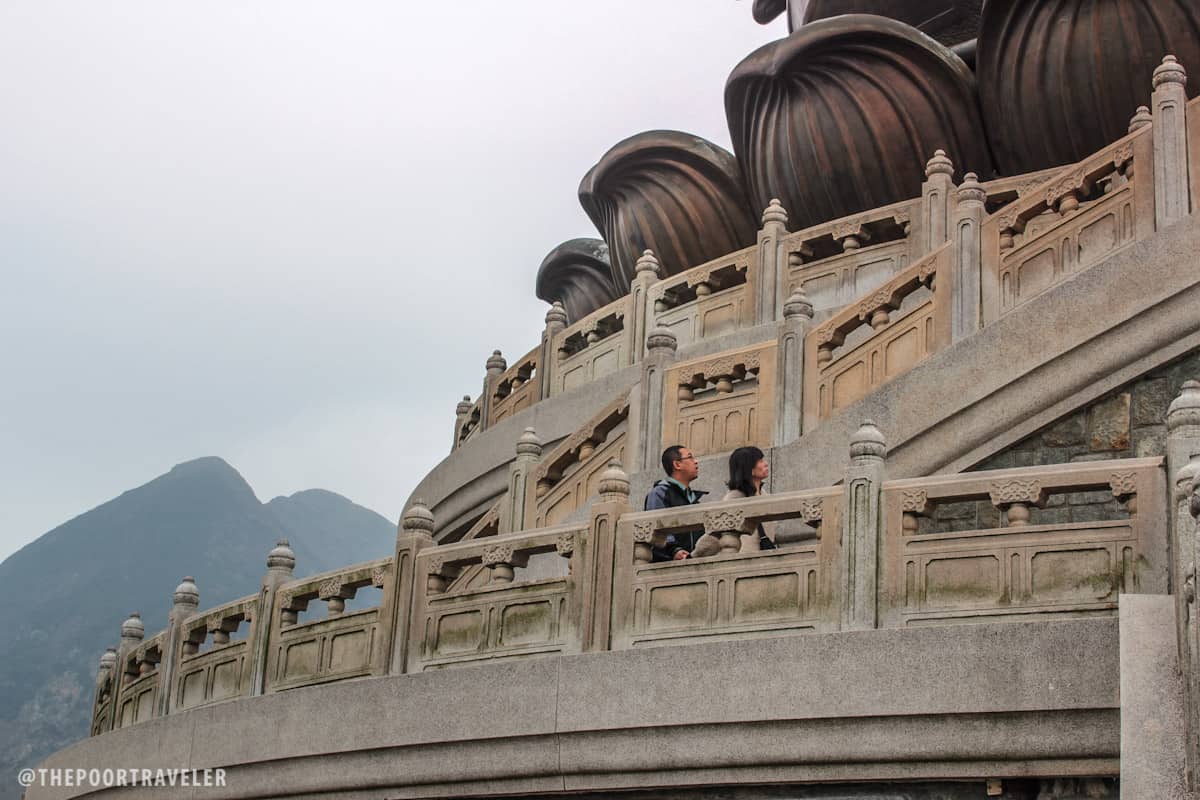
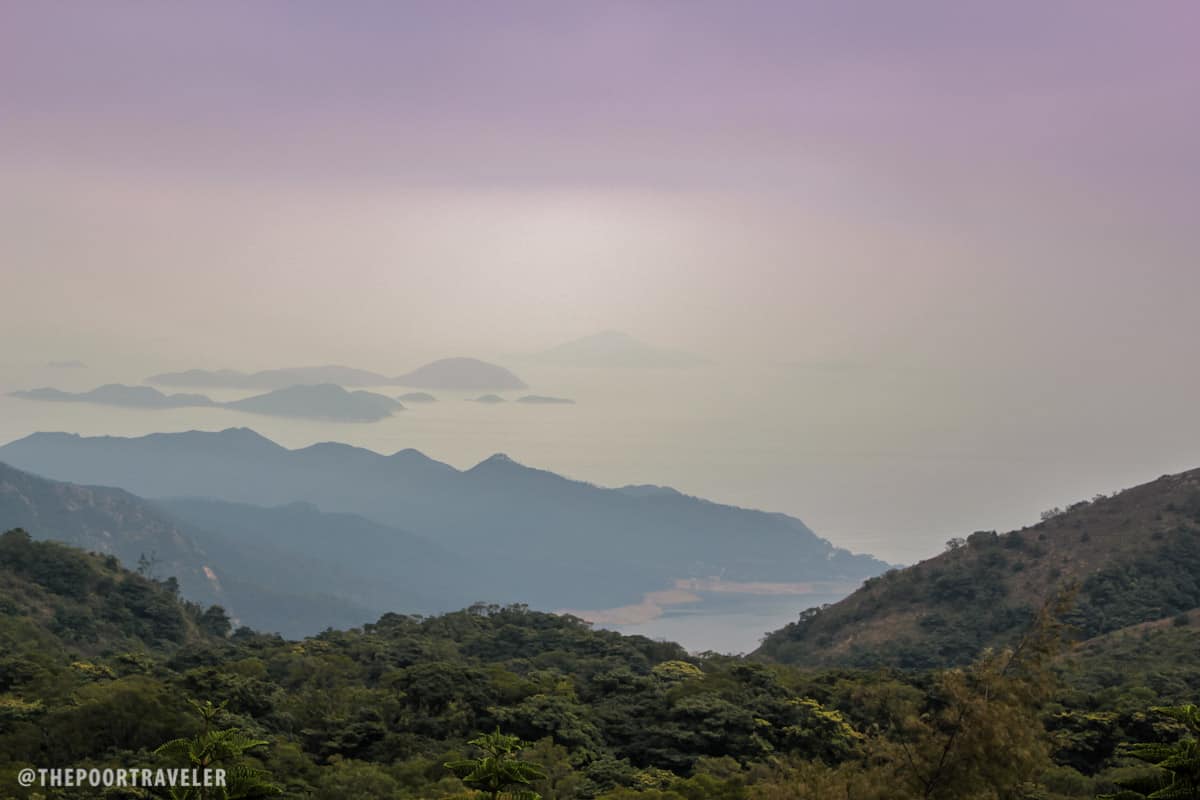
Po Lin Monastery
Just across the Tian Tan Buddha stands the Po Lin Monastery. Founded in 1906 by three monks from Jiangsu, China, this Buddhist monastery was originally named the “Big Hut.” Today, it is considered “the Buddhist World in the South” and is one of the most significant Buddhist Sanctums in the region. The monastery ground is huge, ornamented with concrete benches, giant joss sticks, and richly designed censers. Inside the temple are three bronze Buddha statues, each representing a life of Buddha.
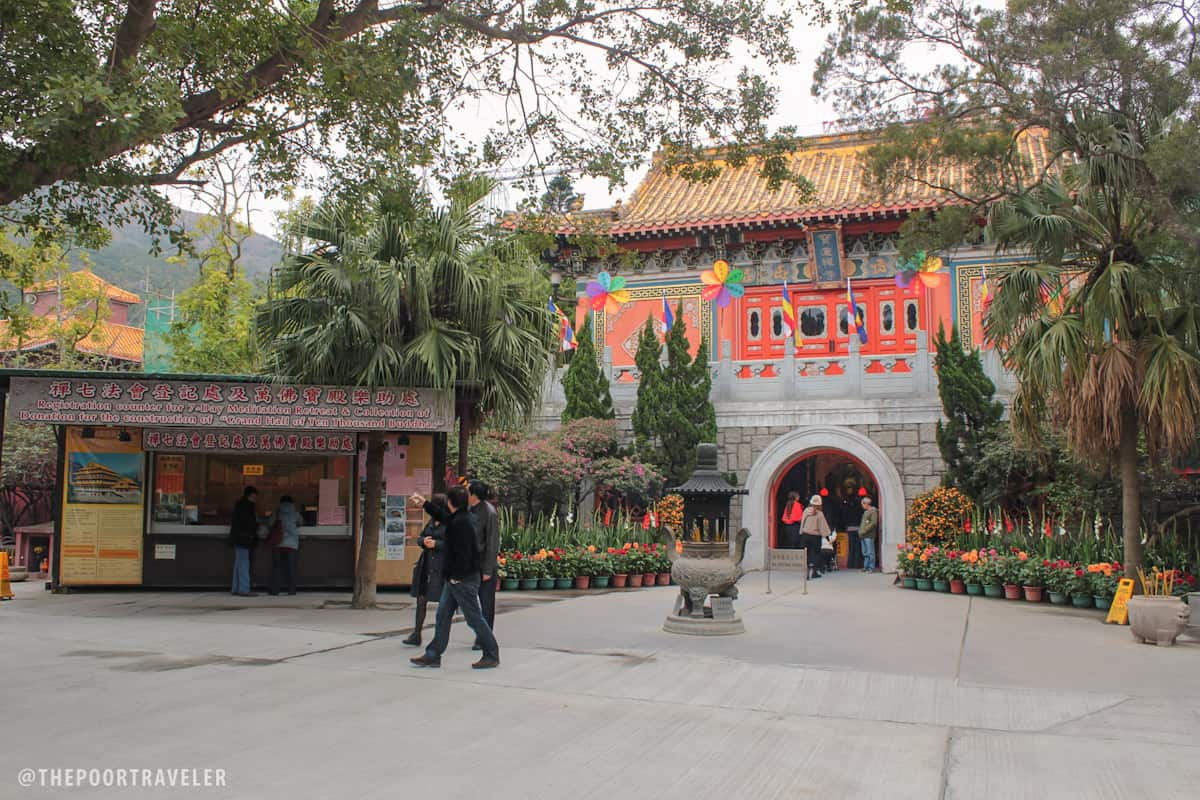
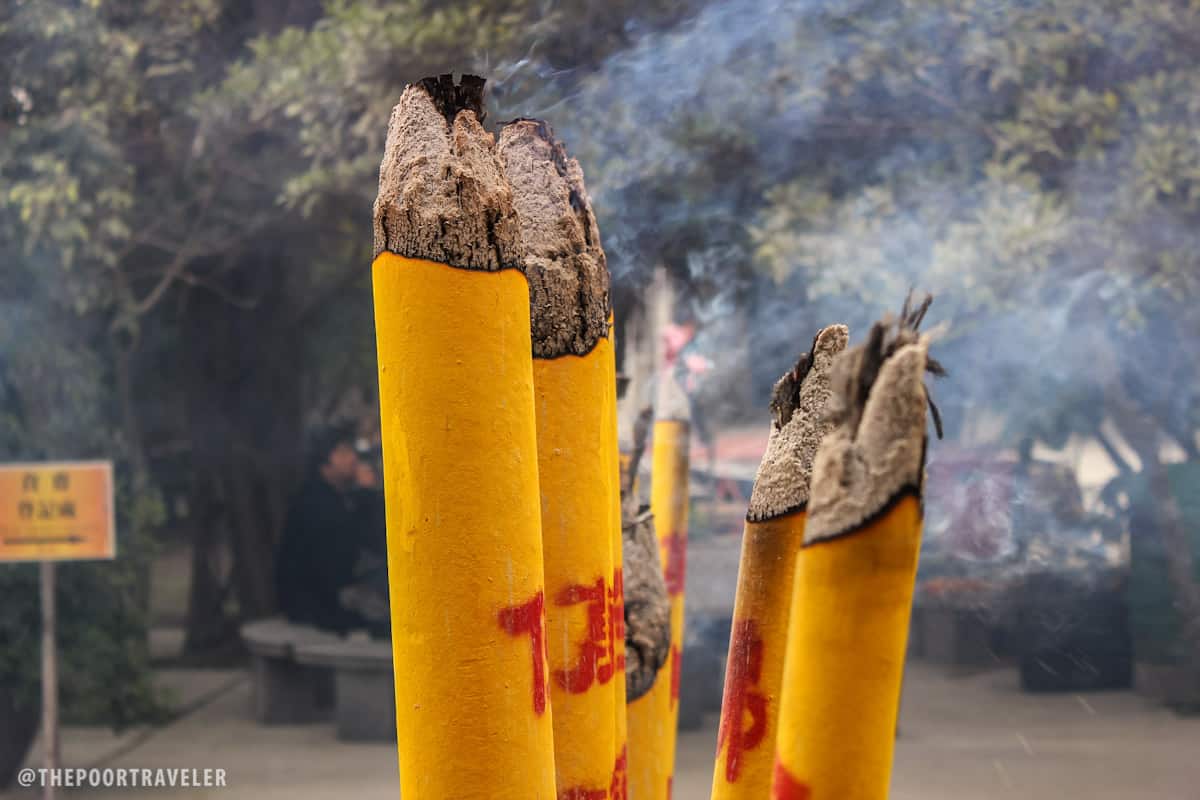
Ngong Ping Village
On the other end of the plateau lies Ngong Ping Village, a charming cultural hamlet that features Walking with Buddha and the Monkey’s Tale Theatre. The village also harbors several souvenir shops and restaurants.
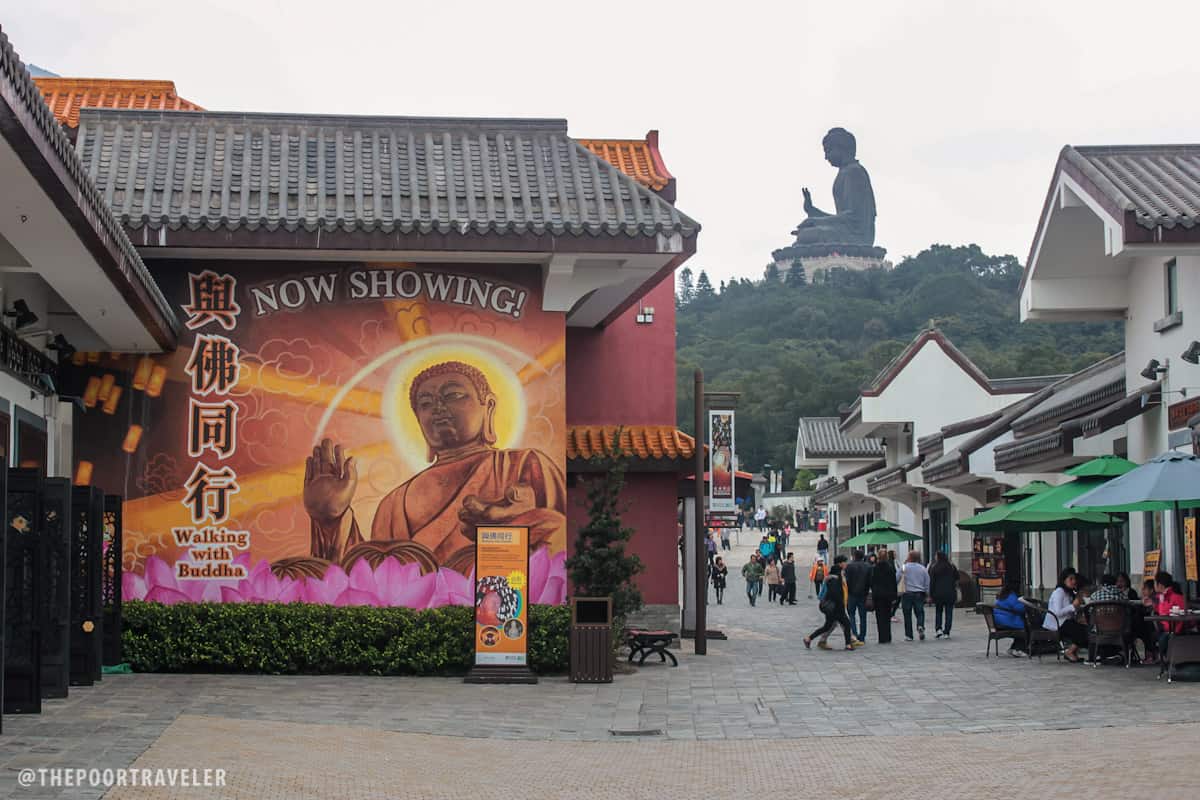
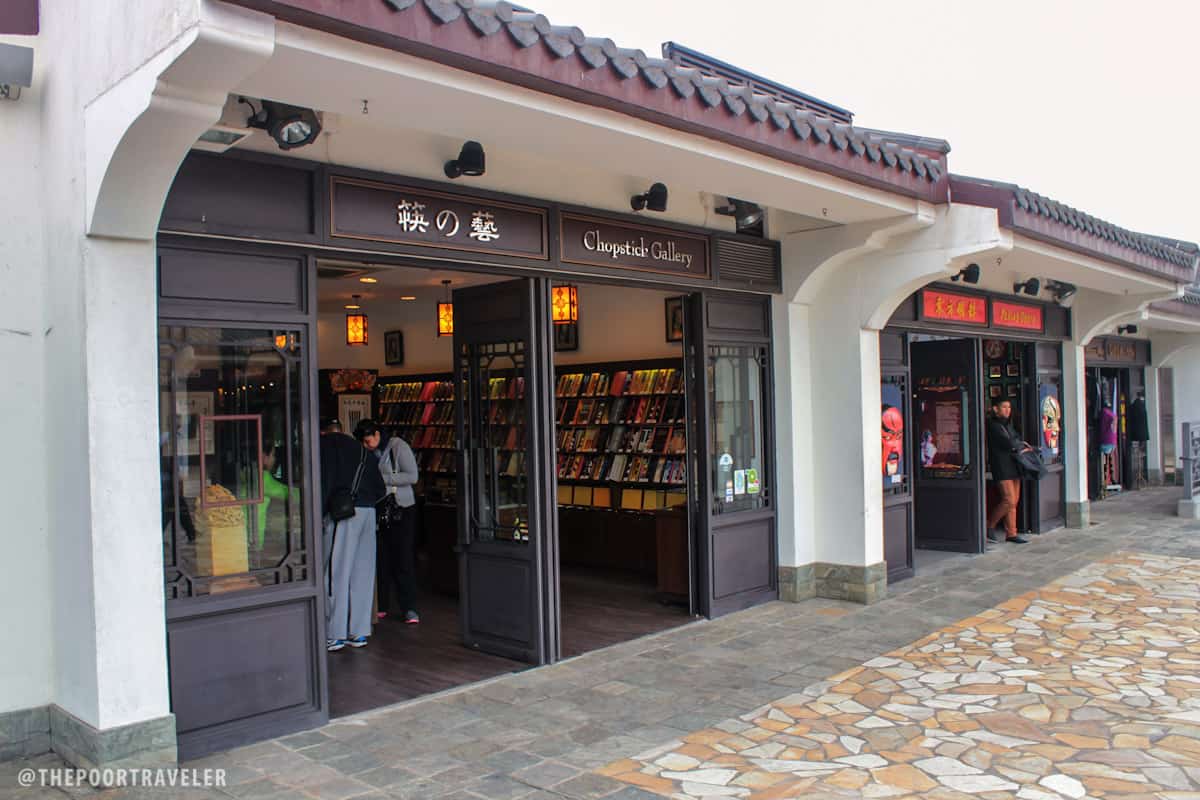
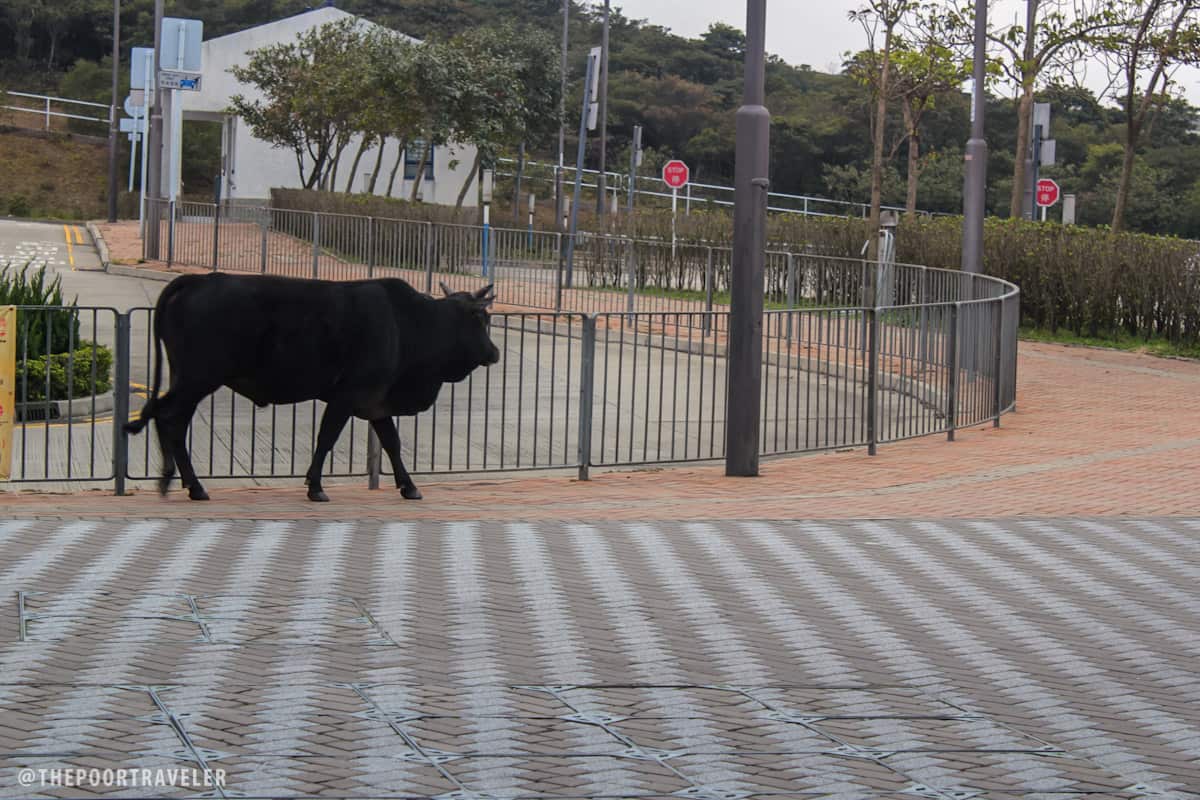
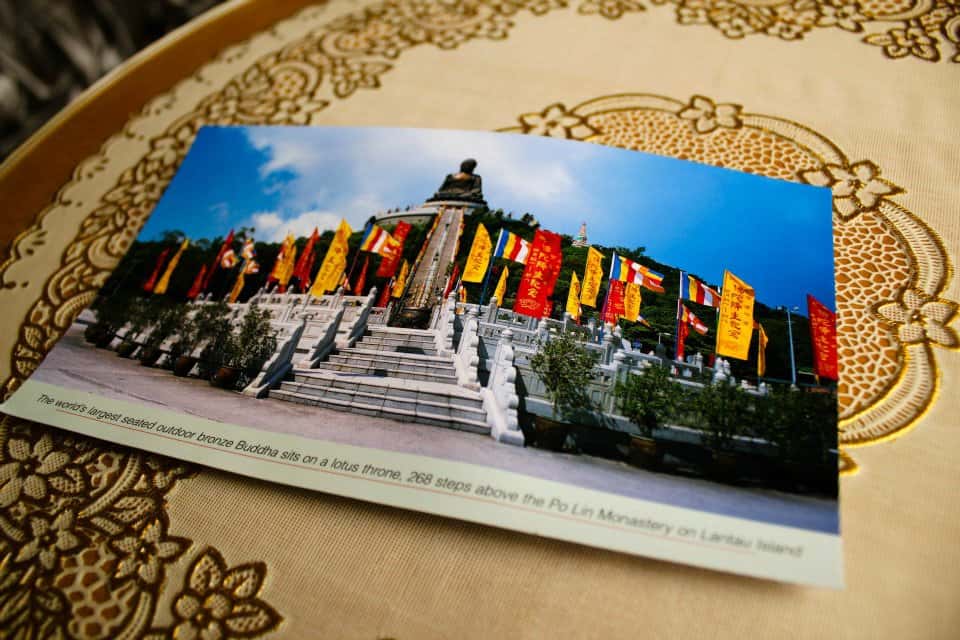
On the way back to the bus terminal, we spotted a bull crossing the street just behind Ngong Ping Village. It was something we didn’t expect to see here. But none of what we have seen here we actually expected, to be honest. As our bus turned and headed back down, I peeked and gave one last look at the Tian Tan Buddha and the gigantic lotus throne, wishing for good fortune. I rubbed my palms together to fight the cold and began writing a message on the postcard I purchased from one of the stores. Alas, the post office near Tung Chung was closed.
How to get there: Take the MTR to Tung Chung Station and take the cable car to Ngong Ping (HKD 135). If the cable car is closed for whatever reason, you may take Bus 23 parked near Tung Chung Town Center (HKD 17).
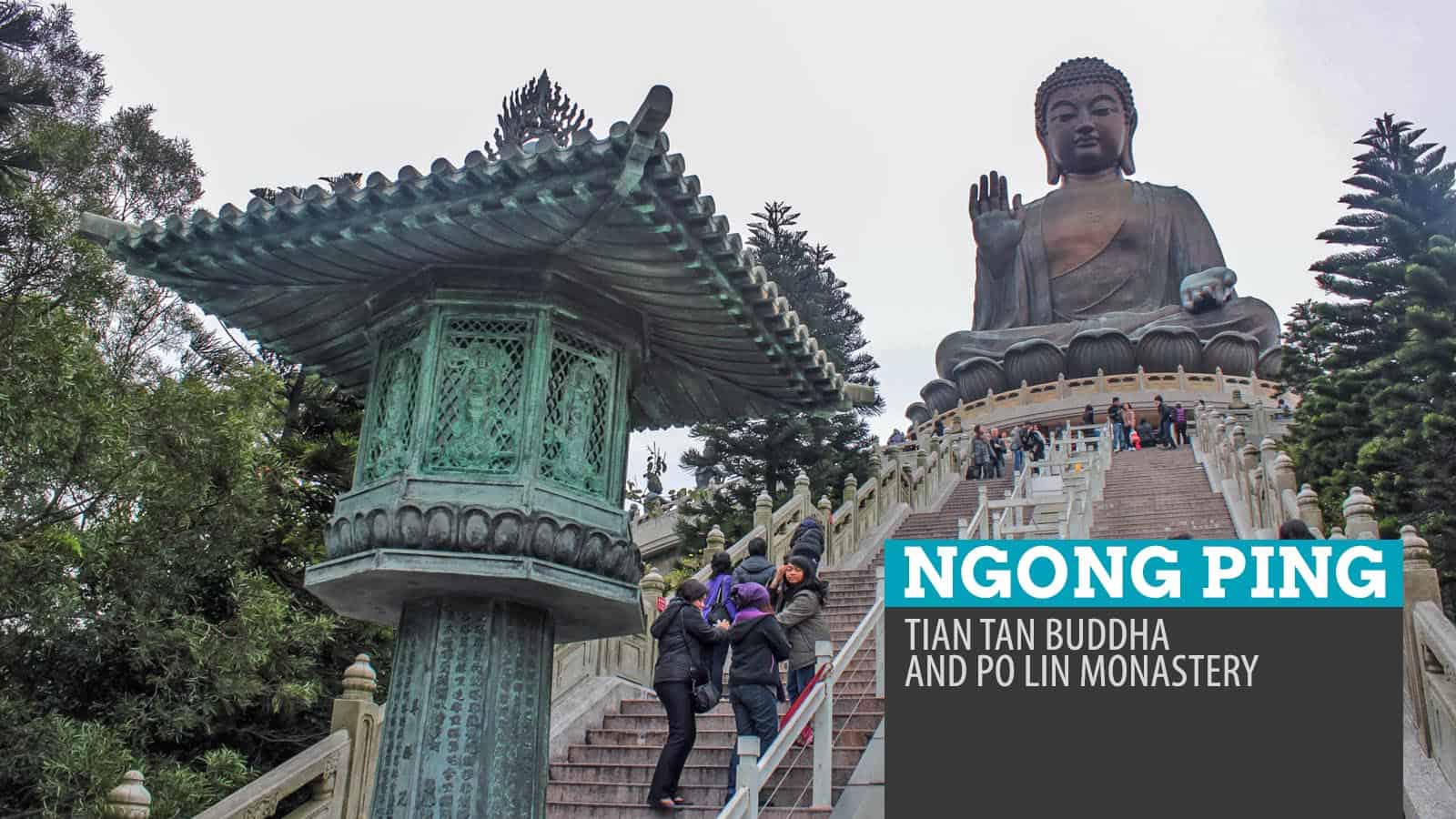


























i been to Hongkong but unable to go here. sayang malapit lang sana. sa Disneyland where we stayed.
Ngong Ping is my fave among all the attractions in HK. BTW, cows at Lantau Island are everywhere! As in “bakang kalye”, but they have guidelines all saying that you should not disturb them :)
Great! I loved Ngong Ping, too, but I think The Peak is my most-loved.
The bakang kalye bit, thanks for sharing!
Thank you for your blog. This came in timely as we will be there in Hongkong next week. I will recommend your site to my friends who are planning their vacations for this holiday season and summer vacation early 2014.. More power to you.. – Nancy Martin
Thanks for your HK Post, will be going there on May. Everything is so helpful!
hi! :) may I ask if you have ideas or options on how to get to bus no. 23 from the airport? thank you! :)
Just take the MTR to Tung CHung Station from the airport. :)